For now at least, I'm keeping my profile on Twitter. I'm less active and chatty on there than I used to be, but I'm present. I've thought about deleting my account, but for now I'm keeping it, for two reasons. One, I have a lot of followers there (and the number has held up despite Elon Musk's activities). And second, if I delete my account it just opens up the space for potential impersonators. But if you've left, that's fine: I'm on plenty of other sites.
For a full listing of where to find me, have a look on the About page. If you scroll down a bit, you'll see a grid of logos: these are all the websites where I have a public profile.
With a few exceptions, I post the same things to every social media site I'm on. If you follow me on Instagram, you're pretty much getting the same stuff you'd get on Facebook or LinkedIn. I'm on these sites to raise my own profile and to draw people's attention to my work, so my aim is for them to be pretty consistent in the messages they present. Or to put it another way, I want to meet and engage with readers wherever you are. If you prefer Threads to Mastodon, that's fine: I'm on both. I tweak the posts according to the rules and conventions of each site, but fundamentally I'm posting because I want you to read a story I've written about a gigantic extinct shark, or I really liked a book and want to tell the world about it, or whatever.
Because I have so many accounts, I use a piece of software to manage them. It's called Loomly and it allows me to quickly post the same (or basically the same) thing to multiple sites. It's great, I love it.
The problem I currently have is that Loomly doesn't connect to the newer social media platforms. Mastodon, Threads and Newsmast are not supported, and if I were on BlueSky or Post they wouldn't be either. This means the time I saved by adopting Loomly is now being sucked up by copying posts to these other sites.
All of which is another way of saying: I really want Loomly to roll out integration for these newer sites ASAP. Otherwise I'll either need to find a different social media manager, or ditch some of the accounts.
I don't want to do either of those things. In particular I don't want to abandon my accounts on nascent networks like Mastodon, because the audiences on these sites may well grow. In an ideal world I'd also make some short videos for TikTok and YouTube. But right now managing my existing social media is a time-consuming slog.
And yes I do blame Elon Musk for this.
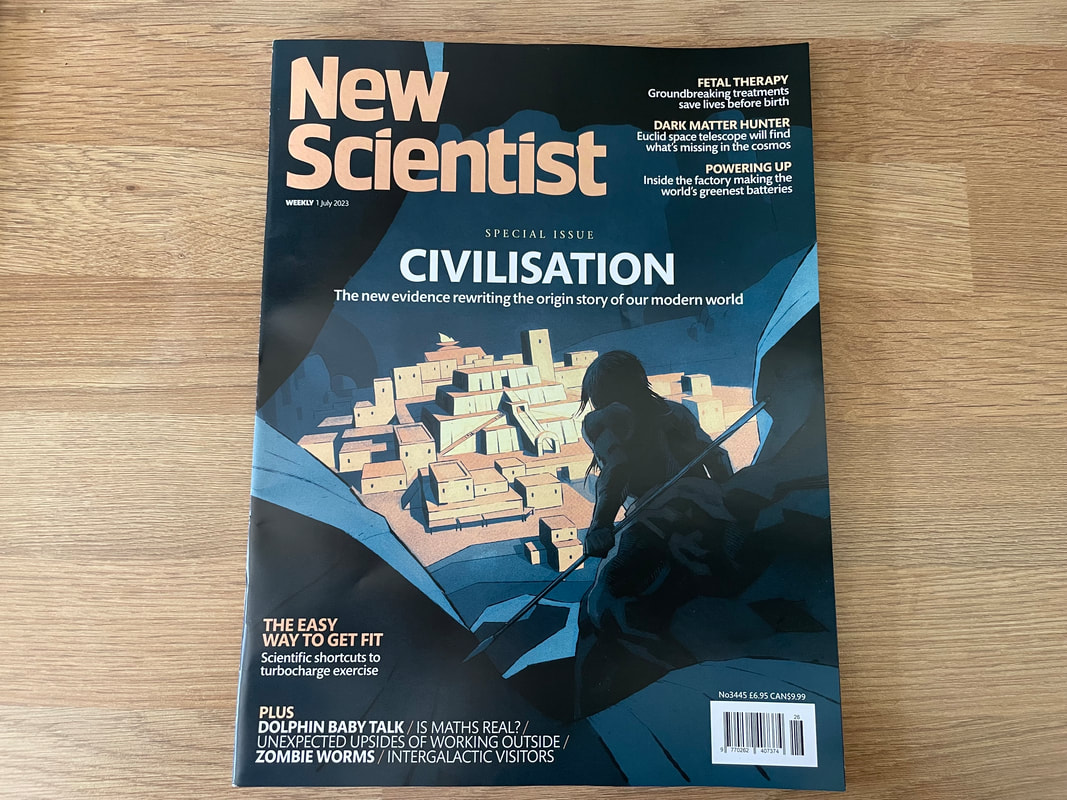

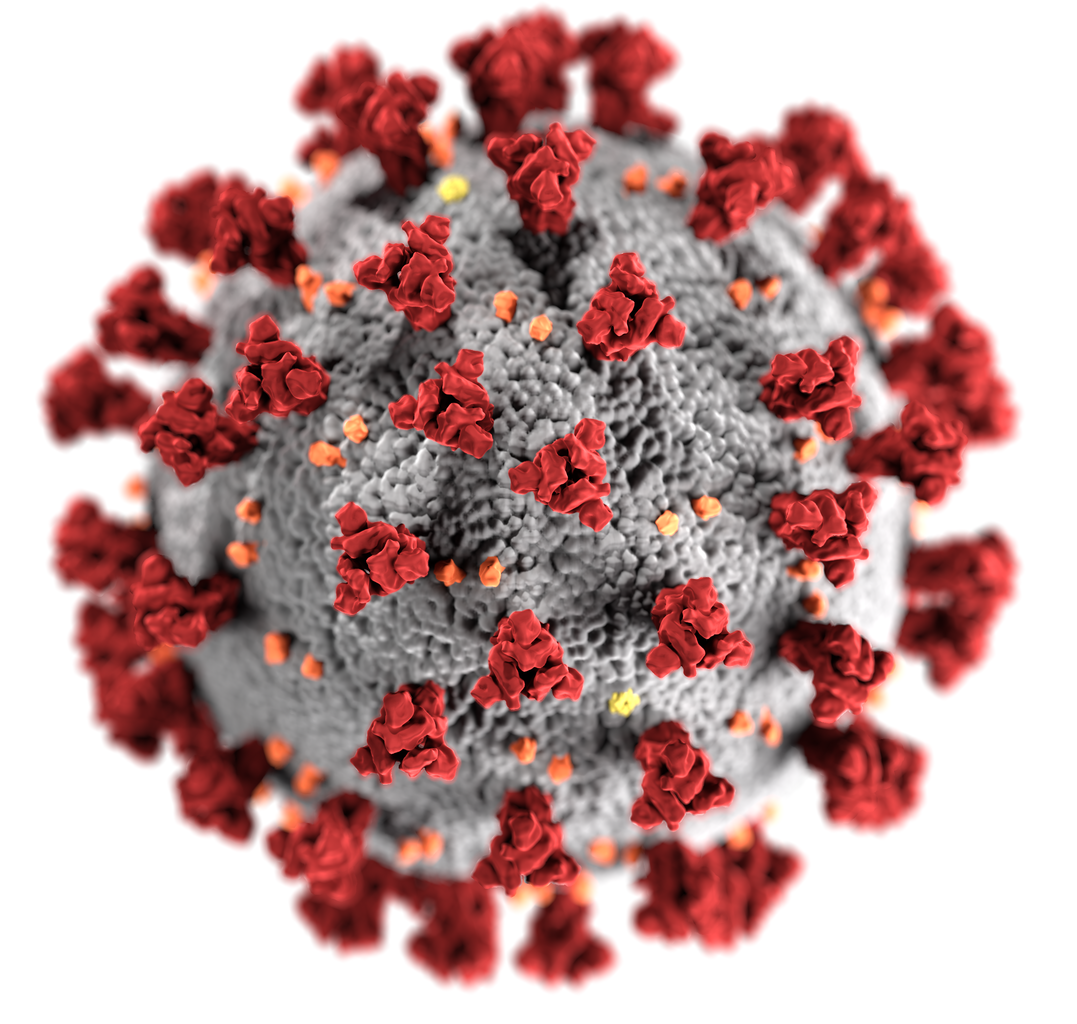
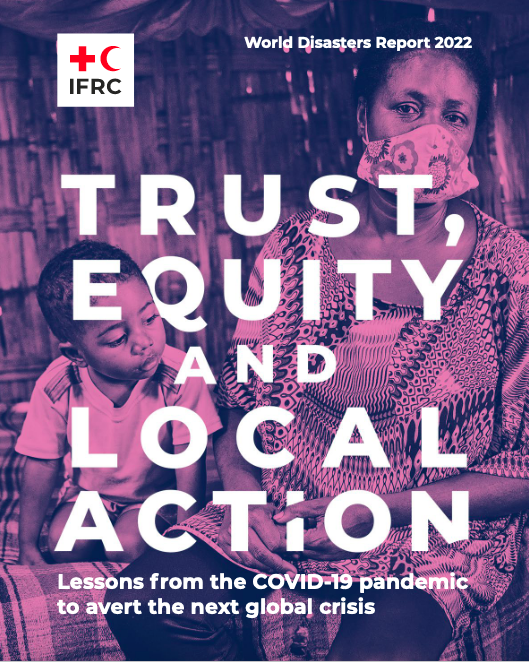
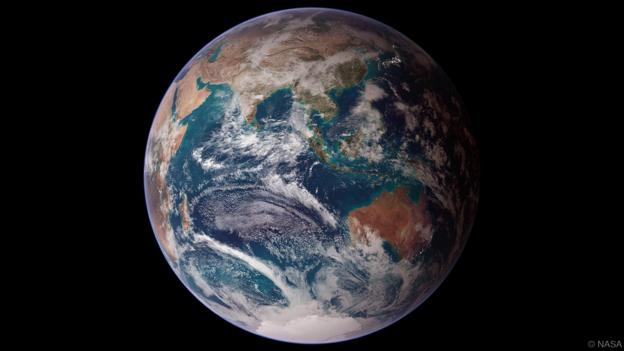
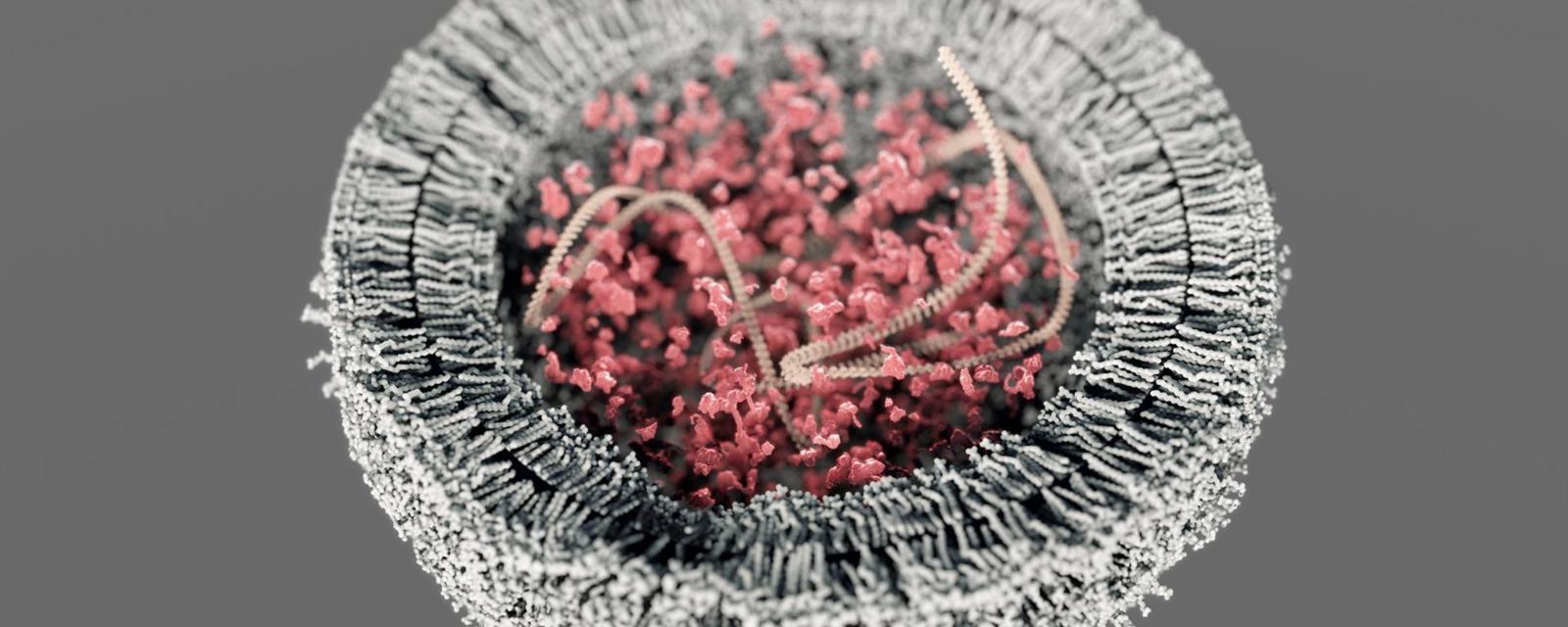
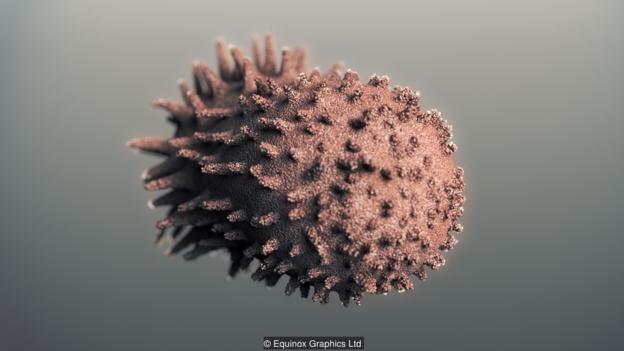
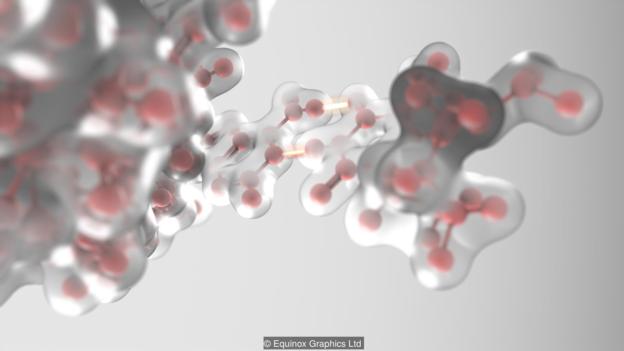
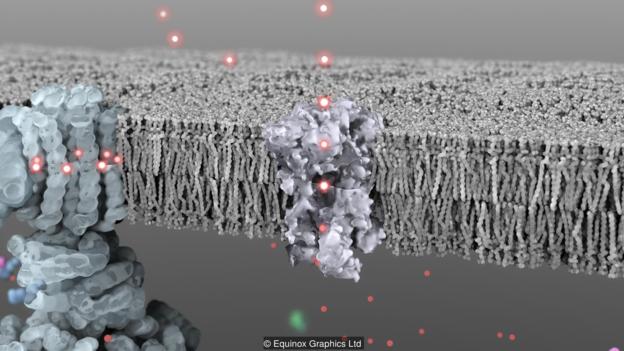

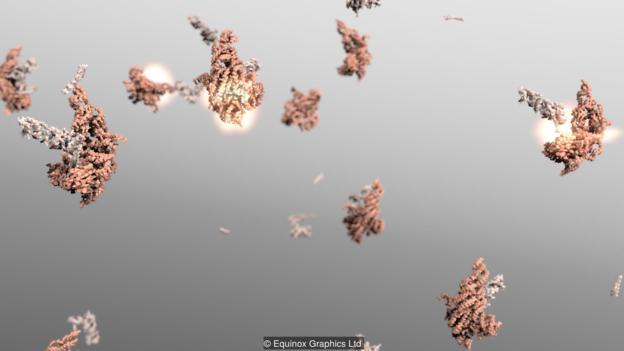
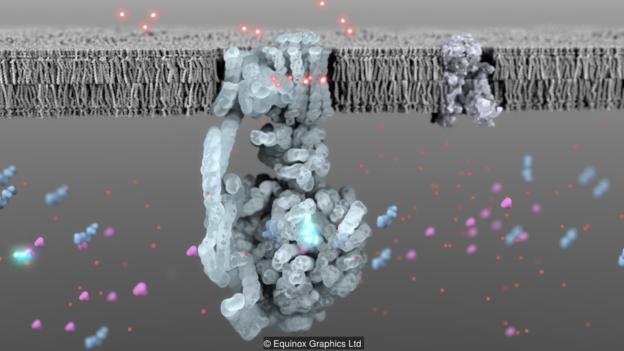
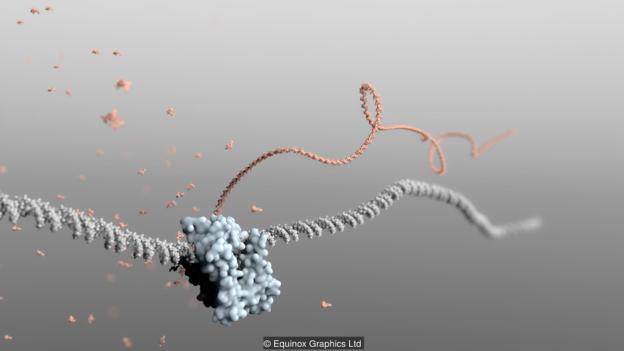
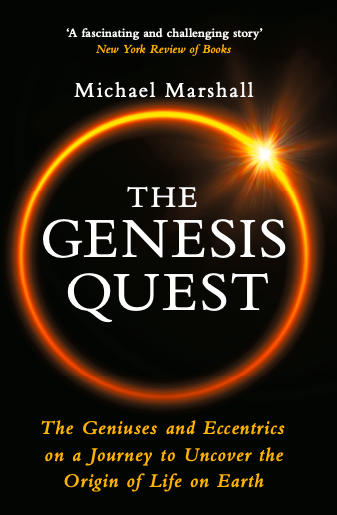
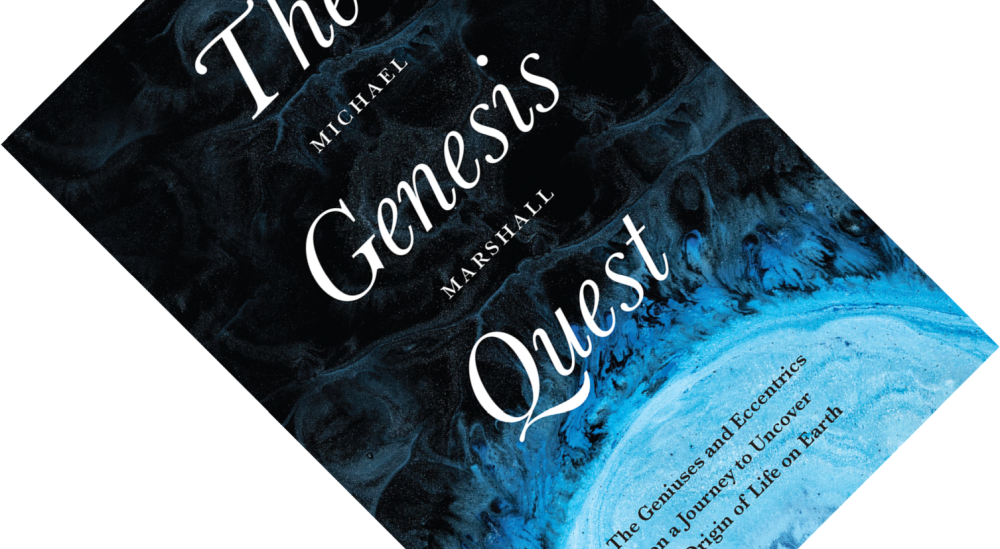
 RSS Feed
RSS Feed